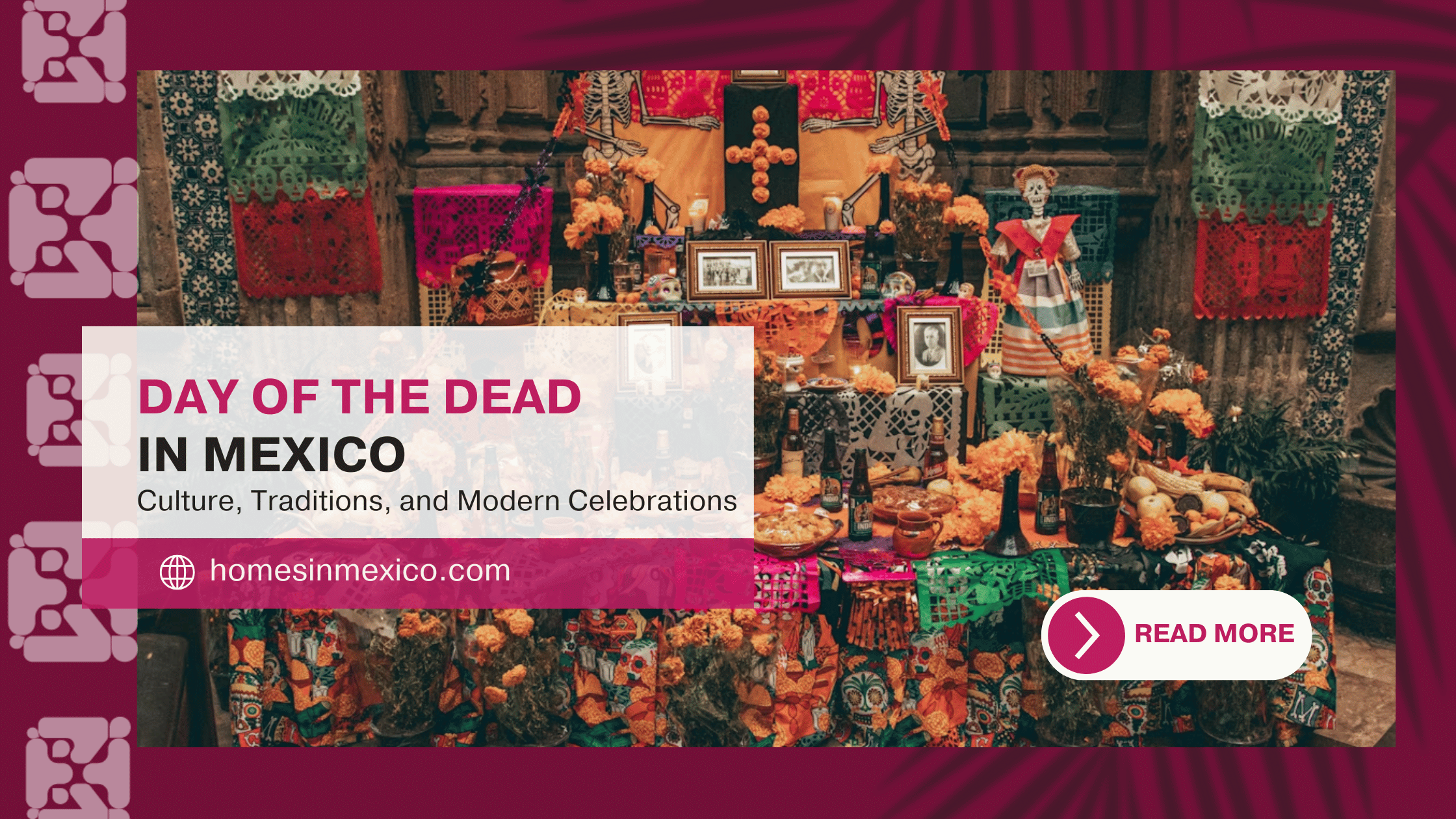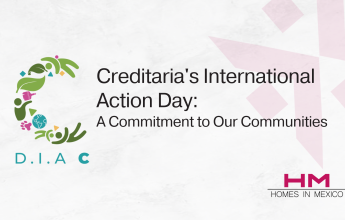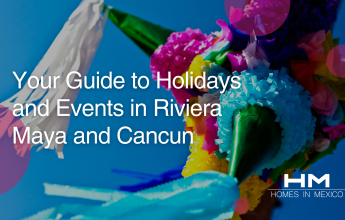Day of the Dead in Mexico: Culture, Traditions, and Modern Celebrations

The Meaning of Day of the Dead in Mexico
The Day of the Dead in Mexico (Día de los Muertos) is a centuries-old celebration that honors the memory of loved ones who have passed away. Far from being a somber or frightening occasion, it is a joyful time that celebrates life, love, and continuity. Families gather to welcome the spirits of their ancestors, believing they return each year to share moments together.
This deeply rooted tradition combines Indigenous beliefs about the afterlife with Catholic customs brought by Spanish colonizers. It takes place on November 1 and 2, coinciding with All Saints’ and All Souls’ Days.
The result is a unique blend of spiritual and cultural practices that reflect the Mexican view of death as a natural part of life, something to be remembered, not feared.
Recognized by UNESCO as part of the Intangible Cultural Heritage of Humanity, the Day of the Dead in Mexico is a living expression of connection between generations and a testament to the nation’s cultural identity.

Origins and Symbolism
Before the arrival of the Spanish, Indigenous peoples like the Aztec and Maya already honored the dead through rituals and offerings. They believed death was not the end, but a continuation of the soul’s journey. When Spanish missionaries introduced Catholic traditions, these pre-Hispanic rituals merged with Christian beliefs, shaping the modern Day of the Dead in Mexico.
Every element used during this time carries symbolic meaning:
- Ofrendas and Altars: Families build altars at home, in cemeteries or even in workplaces, decorated with photos, candles, marigolds, food, and personal mementos. These altars welcome the spirits back to the world of the living.
- Cempasúchil (Marigolds): Their bright orange petals and distinct fragrance are believed to guide souls home.
- Sugar Skulls and Bread of the Dead: These sweet treats honor the dead in a lighthearted way, representing the cyclical nature of life.
- Papel Picado: Colorful cut-paper banners symbolize the fragility of existence and the union between life and death.
- La Catrina: The elegant female skeleton created by artist José Guadalupe Posadain the early 20th century as a form of social criticism, and popularized by muralist Diego Rivera in 1947, who gave her the name “La Catrina.” It has become a national icon, reminding everyone that death spares no one, rich or poor.
At night, families visit cemeteries to clean graves, light candles, and share food and stories. The atmosphere is vibrant, not mournful. Music, laughter, and the scent of flowers fill the air as generations gather to honor those who came before them.
Regional Traditions of Day of the Dead in Mexico
While Day of the Dead in Mexico is celebrated nationwide, there’s no single standard for how it’s observed. Each region (and often each town) has its own ways of welcoming departed loved ones, shaped by local history, climate, and Indigenous heritage.
The celebration tends to be more colorful and communal in the South, while in the North, it’s often more intimate and quiet.
🏵️ Central Mexico: Ancient and Urban Traditions

One of the most famous places to experience the holiday is San Andrés Mixquic, just outside Mexico City. During the Alumbrada, thousands of candles illuminate the local cemetery as families spend the night beside their loved ones’ graves.
In Toluca, the Feria del Alfeñique turns the city center into a lively fairground where artisans sell sugar skulls, chocolate figures, and handmade pan de muerto.
🏵️ Western Mexico: Deep Spiritual Roots

In Pátzcuaro and Janitzio Island in Michoacán, families row across the lake by candlelight to honor the dead, transforming the island’s cemetery into a glowing sea of marigolds. Nearby, in Sayula, Jalisco, streets are decorated with vibrant sawdust carpets depicting religious and cultural symbols, blending devotion with artistry.
🏵️ Southern Mexico: Color, Mayan Traditions, and Community Spirit

The South offers some of the most visually stunning celebrations of Day of the Dead in Mexico.
In Oaxaca City, the streets come alive with comparsas (parades), markets, and art installations. Neighborhoods build elaborate altars, and the festivities balance deep reverence with creative expression.
Close by, San Agustín Etla hosts the Muerteada, a theatrical nighttime procession with costumes, brass bands, and humor that playfully mocks death.
In the Yucatán Peninsula, families celebrate Hanal Pixán (“food for the souls” in Mayan) preparing traditional dishes like mucbipollo and decorating cemeteries with candles and flowers. Towns such as Mérida, Izamal, and Valladolid welcome visitors to respectfully experience these heartfelt traditions.
Further south, in Chiapas, communities like San Juan Chamula honor the dead through a fusion of Catholic and Tzotzil rituals, reflecting the region’s unique cultural identity.
👉🏻Read more: Investing in Real Estate in Mérida: Why It’s Mexico’s Smartest Move
🏵️ Northern Mexico: A Quiet Remembrance

In Chihuahua and Monterrey, the atmosphere is more subdued, with families holding private vigils and decorating graves with flowers. However, cultural institutions often host altar exhibitions and educational events for visitors.
On the Baja California coast, cities like Tijuana and Ensenada embrace both Mexican and American influences, featuring art shows, live music, and public altars that blend tradition with border culture.
🏵️ Modern Influence in Mexico City

Interestingly, Mexico City’s now-famous Day of the Dead parade was inspired by the opening scene of the 2015 James Bond film Spectre. What began as cinematic fiction became a real annual event in 2016, and now one of the capital’s biggest cultural attractions, showcasing Mexico’s evolving identity and big creativity.
“The essence of the Day of the Dead isn’t the parades, the makeup, or the economic benefits generated by tourism,” writer and journalist Enrique Ortiz García tells BBC Mundo.
“The reality is that the essence of the Day of the Dead is placing the offering in our homes. That’s the soul, that’s the essence. It’s welcoming our dead who visit us from the afterlife. And when we remember them, they are still present, they are still part of the family,” he adds.
However, Ortiz reminds us, traditions change and reinvent themselves. Today’s celebration is not the same Day of the Dead as decades or centuries ago.
“And that’s not bad, it’s just that the reality is different,” Ortiz points out.
– Journalist Enrique Ortiz García in Día de Muertos: cómo la saga de James Bond “inventó” el llamativo desfile de Ciudad de México, BBC News Mundo
Experiencing Día de Muertos as an Expat
For many expatriates and visitors, experiencing the Day of the Dead in Mexico is unforgettable. It’s a moment to witness how deeply Mexican families value remembrance, community, and continuity. Many expats describe it as a moving cultural experience that brings them closer to their adopted home.
You’ll find public altars in plazas, city halls, and cultural centers, spaces where everyone can participate respectfully. In smaller towns, local families often invite neighbors to see their ofrendas, sharing stories and pan de muerto over coffee or hot chocolate.
🕯️ Tips for visitors and expats:
- Be respectful when visiting cemeteries or photographing altars. Always ask permission first.
- Learn the meaning behind the symbols. Each color, flower, and object tells a story.
- Remember that the Day of the Dead in Mexico is about love, not fear. Avoid comparing it directly to Halloween!
- Participate by attending local cultural events or workshops where artisans teach how to make papel picado or sugar skulls.
For those considering living or investing in Mexico, these cultural experiences reveal the essence of Mexican life: one rooted in family, memory, and connection.
Understanding and respecting such traditions helps expats integrate more deeply and appreciate the warmth of the local community.
A Celebration of Life and Legacy
The Day of the Dead in Mexico is not a festival of death, but a celebration of life, a reminder that love transcends generations. By embracing this tradition, expats and visitors gain insight into Mexico’s heart: its sense of belonging, continuity, and respect for family ties.
Whether you join the candlelit vigils in Michoacán, admire the parades in Mexico City, or enjoy pan de muerto in a neighborhood café, this is a time to reflect on what truly matters: the people who have shaped our lives.

To learn more:
- NPR: The evolution of Día de los Muertos (via WAMU 88.5)
- UNESCO: Indigenous festivity dedicated to the dead – Mexico
- Mano a Mano: Mano a Mano Day of the Dead / Día de Muertos 2024 New York Latin Culture Magazine®
- Mexico’s Ministry of Culture / Government: Día de Muertos: la fiesta más emotiva de México
- Smithsonian Latino Center: DIA DE LOS MUERTOS: A User’s Guide – Smithsonian Latino Center



